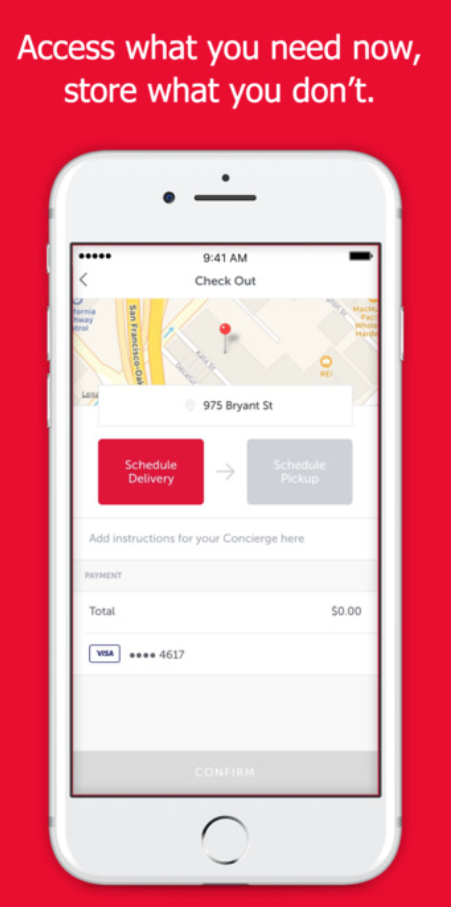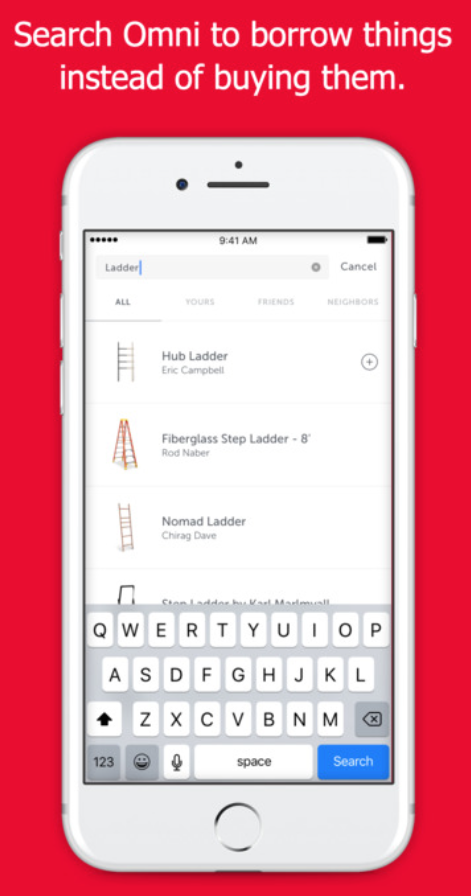Great leaders often ask me to help them create “customer value”, while others ask me to help them create “profit.” For me, the only way to generate sustainable profit is by developing a core competency for customer value creation. Chasing profits is a tiring and stressful endeavor – creating value is an innovative and energizing pursuit.
You have a customer solution, now what?
Assuming you know your core customer segments, listen well to the needs of people in those segments, and think about ways to easily meet their needs in ways that resonate with their values and lifestyle – you are likely well on the way to being a “customer value” based business. But how do you maximize the platforms through which you deliver that value? 
To answer that question, Josh Kaufman offers a valuable tool!
12 Standard Forms of Value
Josh has one of those brains that I envy. He is a voracious reader and an entrepreneur who synthesizes wide swaths of information into accessible and practical models and tools. In his book, The Personal MBA, Josh outlines 12 standard forms of value delivery:
- Product
- Service
- Shared Resource
- Subscription
- Resale
- Lease
- Agency
- Audience Aggregation
- Loan
- Option
- Insurance
- Capital
Most of the labels provided by Josh are fairly self-explanatory (e.g. product, service, loan, or insurance) but other value platforms require some unpacking. Fortunately, Josh generously offers detailed descriptions both in his book and on his website. For example, he notes a shared resource is “a durable asset that you create once, and then charge the customers for using it many times. Classic examples of this form of value are gyms, museums or amusement parks.”
Even before I ran across Josh’s comprehensive delineation, I’d been encouraging my clients to maximize value delivery by considering multiple platforms. Let me give you an example of a company that is doing that very thing. They are called Omni.
Omni Value Platforms
Omni’s core customer has too many items in their living area and is ostensibly in need of “leasing” storage space. Like several other players in the storage industry, Omni has created value through “on-demand” storage – meaning that you don’t encounter the pain points of leasing a storage space under a long-term agreement or feel constrained to a certain size storage unit as your needs expand or contract.
In addition to the fluidity of “on-demand” storage, Omni delivers additional “service”, and “agency” value. In an article for Techcrunch, Ryan Lawler shares some of Omni’s service value components:
But where Omni seeks to differentiate from other storage startups is in providing item-level categorization and access to its users’ stuff. When you store your stuff with Omni, it doesn’t just sit in a box or crate collecting dust in a warehouse somewhere. The company goes through the process of photographing, identifying, categorizing and adding each item to an inventory that can be managed in a mobile app. Users can choose to take items out of storage at any time, so long as they give the company at least two hours notice.
Fr om my vantage point, photographing, identifying, categorizing, building an inventory, housing that inventory in the cloud, and making the items accessible through a customer’s app portal represents “service based” value enhancements provided by Omni. The profits that Omni derives from those value offerings come from the charges involved in storing each individual item. In fact Omni’s VP of Product and Growth, Ryan Delk is quoted in the Techcrunch article as saying, “We positioned ourselves as a storage company knowing that was a Trojan horse…Omni has itemized more than 100,000 goods in the 18 months since launch, and <we’ve accomplished this because> everything happens on the item level.”
om my vantage point, photographing, identifying, categorizing, building an inventory, housing that inventory in the cloud, and making the items accessible through a customer’s app portal represents “service based” value enhancements provided by Omni. The profits that Omni derives from those value offerings come from the charges involved in storing each individual item. In fact Omni’s VP of Product and Growth, Ryan Delk is quoted in the Techcrunch article as saying, “We positioned ourselves as a storage company knowing that was a Trojan horse…Omni has itemized more than 100,000 goods in the 18 months since launch, and <we’ve accomplished this because> everything happens on the item level.”
Omni’s service and lease value platforms are priced for small items at 50 cents per item per month and large items at 3 dollars per item per month. Omni adds more service value by picking up your items for storage at no cost and delivering requested items at a cost linked to the urgency of that delivery. For example, if you need your large step-ladder delivered to you tomorrow, they will do that for a cost of $3. If you need it within 2 hours that same delivery will cost you $20.
Agency
One final twist in the evolving Omni value model is “agency.” Josh Kaufman describes agency “as marketing and selling an asset you don’t own. By establishing a new relationship between a source and a buyer, you earn a commission. The benefit for sellers is generating sales that without an agency might not happen. Buyers benefit by finding assets to buy that the agent, whom they trust, filters for them.”
Omni is testing an app feature that lets a customer share part or all of their stored items with friends and family members – such that the customer’s network can request delivery of stored items with the permission of the owner. 
As Techcrunch author Ryan Lawler astutely predicts, “some people are already doing this, by hacking the system with peer-to-peer Venmo or PayPal payments when they borrow an item from a friend or neighbor. And you can imagine how the company would want to capture some of the commerce it already sees on its platform.”
How are you taking the customer value you deliver and expanding it to “capture some of the commerce” across more of the 12 standard forms of value?

Joseph A. Michelli, Ph.D. is a professional speaker and chief experience officer at The Michelli Experience. A New York Times #1 bestselling author, Dr. Michelli and his team consult with some of the world’s best customer experience companies.
Follow on Twitter: @josephmichelli



